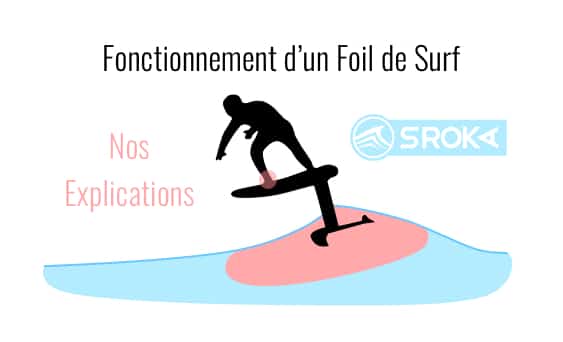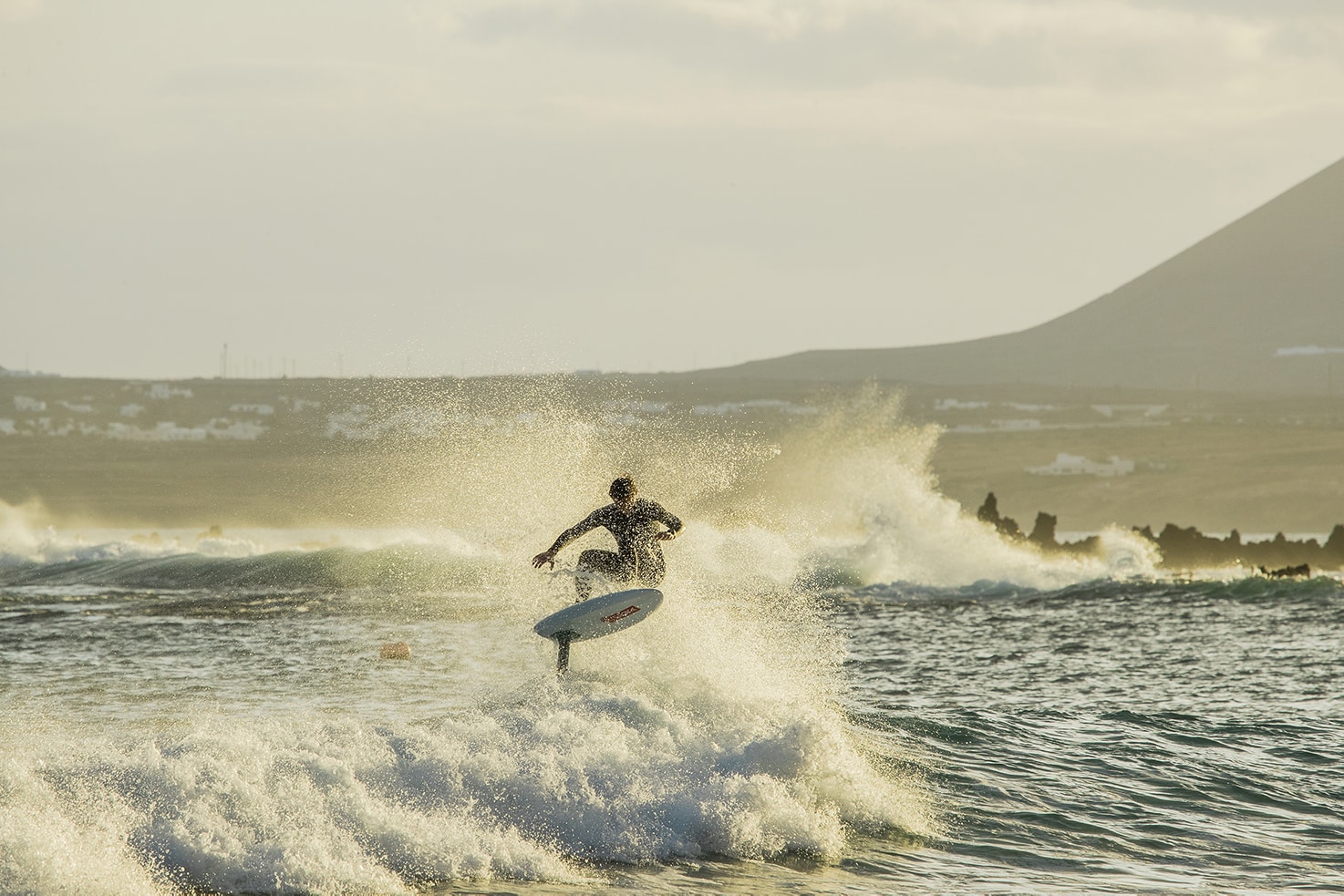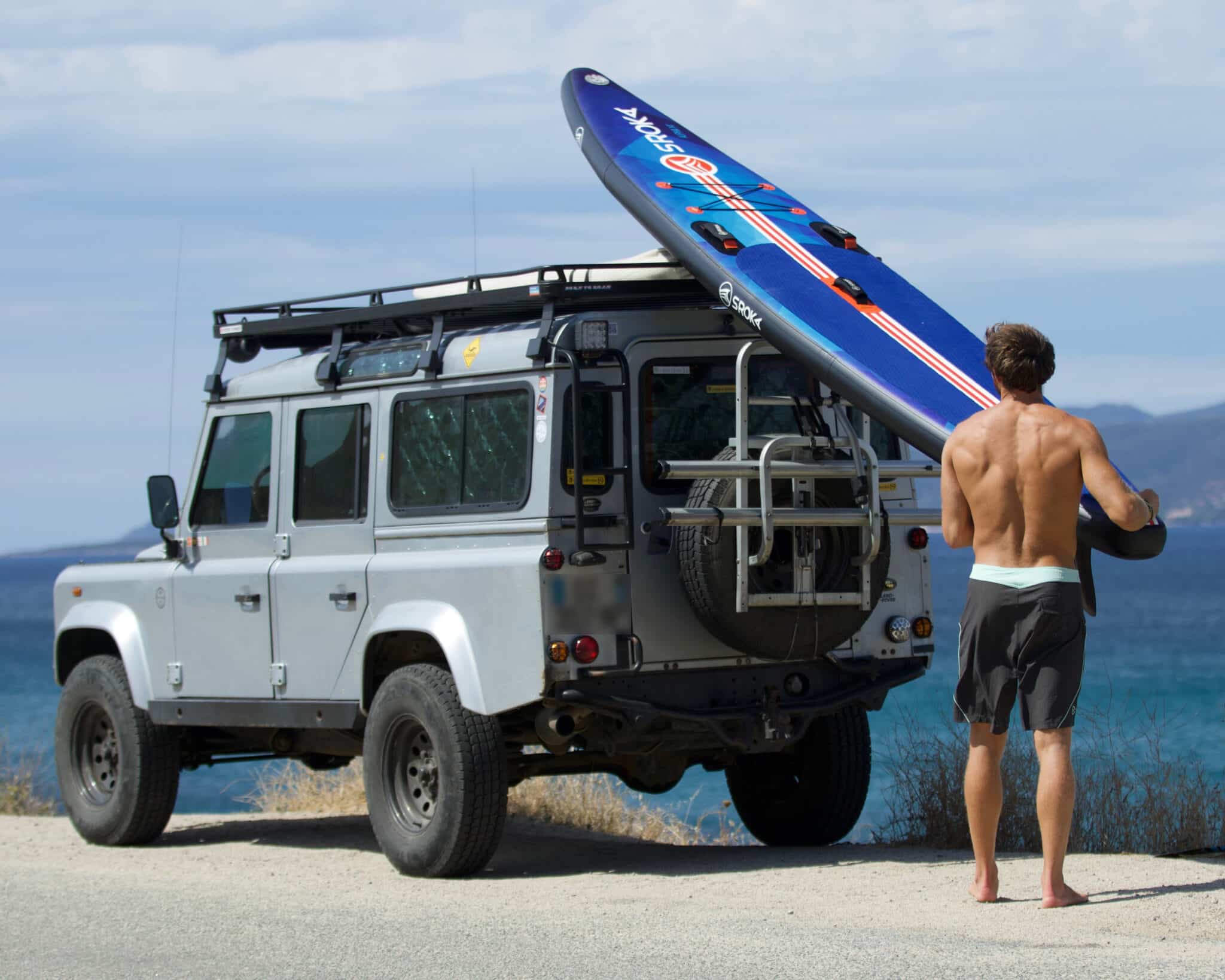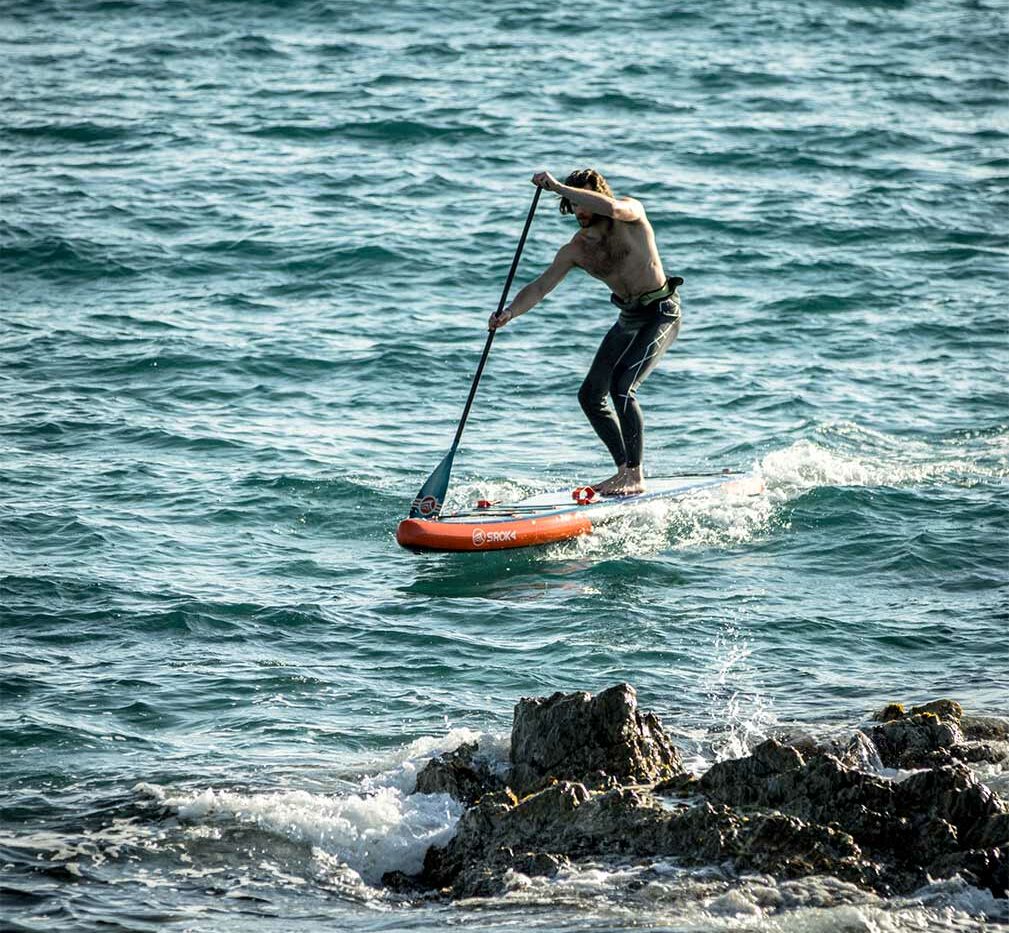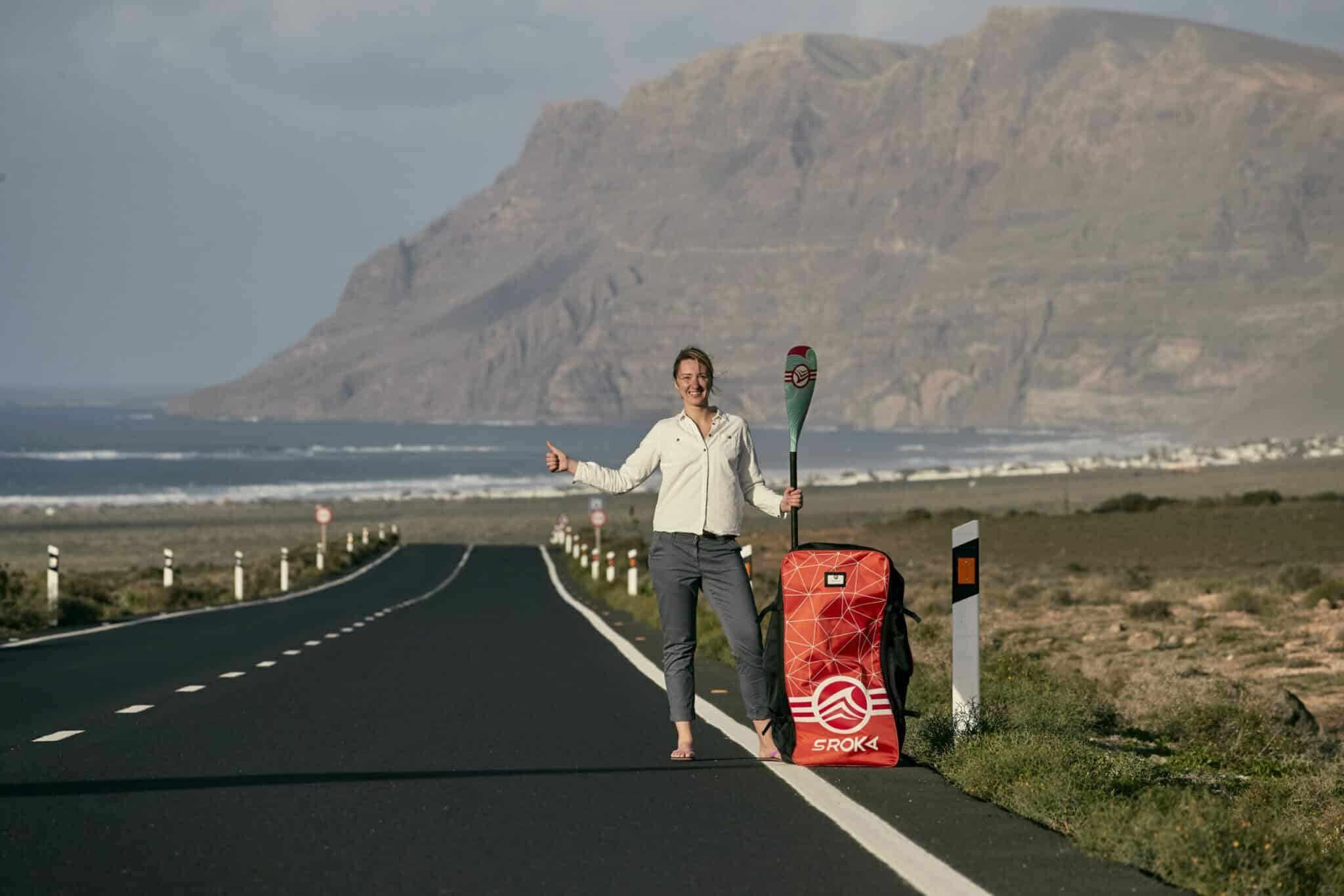 LE MAGAZINE
LE MAGAZINEHow do you transport your paddle by car?

How do you transport your paddle by car?
Transporting your inflatable SUP by car can be a practical and efficient solution for accessing bodies of water, especially if you can’t get around on foot or don’t want to deflate and reinflate your board. Although an inflatable paddle is easier to transport by car than a rigid one, it’s essential to take steps to maximize safety during transport, to protect your equipment from damage and avoid accidents on the road. Find out more about our tips for transporting your SUP.
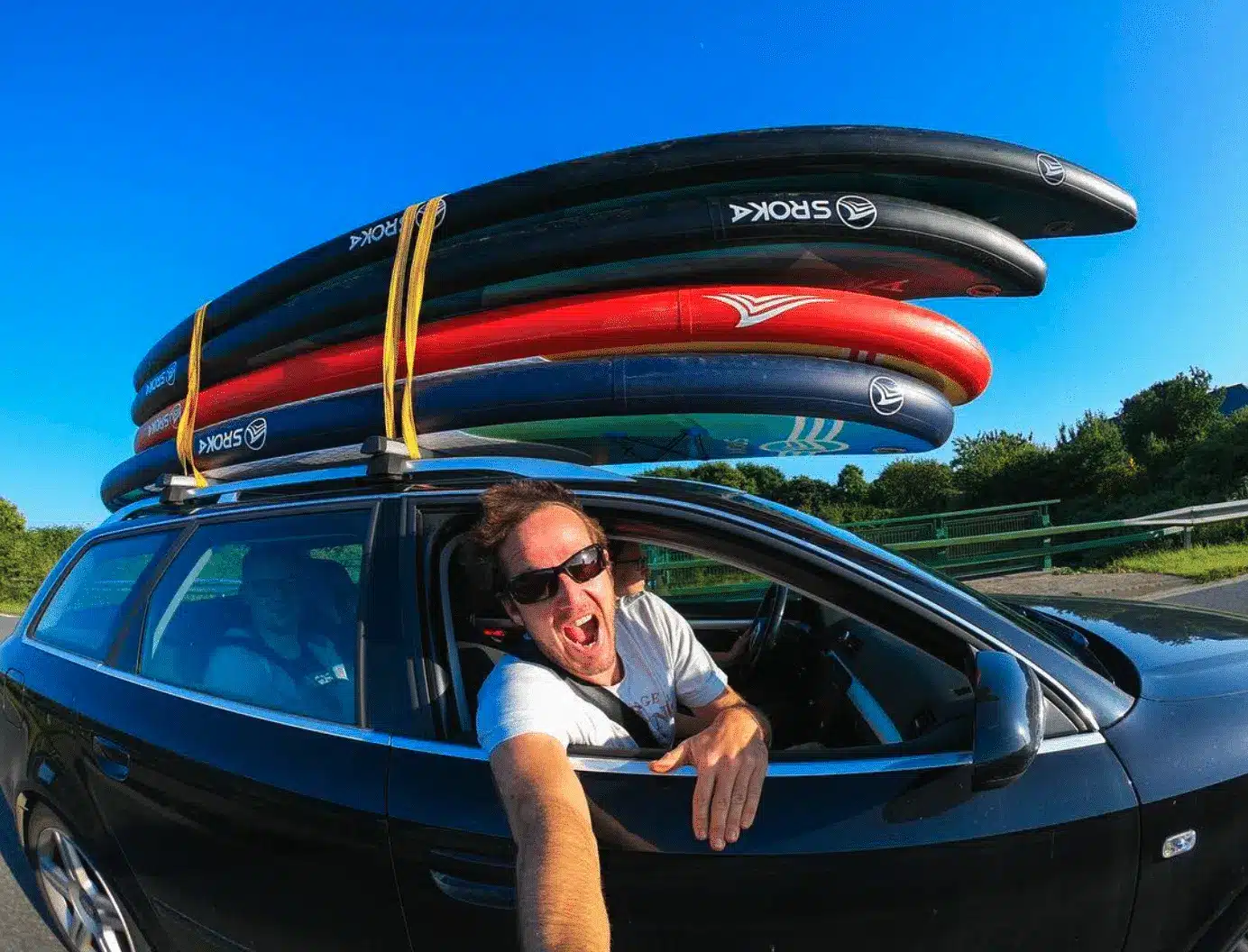
Step 1: Choose the right transport equipment
Transporting your inflatable paddle by car requires the right equipment to ensure its safety. Here are a few points to bear in mind when choosing the right equipment for transporting your board.
First of all, it’s important to choose a roof rack that’s suitable for your vehicle. Make sure it can carry the weight of your board and is compatible with the fasteners you use.
Roof racks are also a very good choice for carrying your board. They’re easy to install and can be adjusted to fit different sizes.
Choose the right fasteners to hold your board in place. Straps are the most common fasteners and are usually included with roof racks and roof bars. They need to be strong enough to support the weight of your board, and securely fastened.
There are also board supports specially designed for inflatable paddles. These are usually fitted with protective foams to protect your board from damage during transport. Some racks can also be used inside your vehicle, a practical option if you don’t want to leave your board outside.
Don’t forget to take your board’s dimensions into account when choosing your transport equipment. It’s also important to make sure that the rack you choose is perfectly adapted to the size of your board.
Step 2: attach the inflatable paddle to the car roof
To transport your board without deflating it, you can either slide your SUP into the passenger compartment by lowering the rear seats, if your vehicle allows, or onto the vehicle roof.
The most practical method is on-roof installation. To do this, simply install the racks or rigid roof bars on the roof of your vehicle, then place the shock-absorbing foam pads on top. Next, place your board on your installation, with the fins facing upwards, then pass the straps around your board and fasten them securely to the roof racks. Tighten the straps lightly to hold your board in place, without risking damage to the board. Check that your board is securely fastened before setting off.
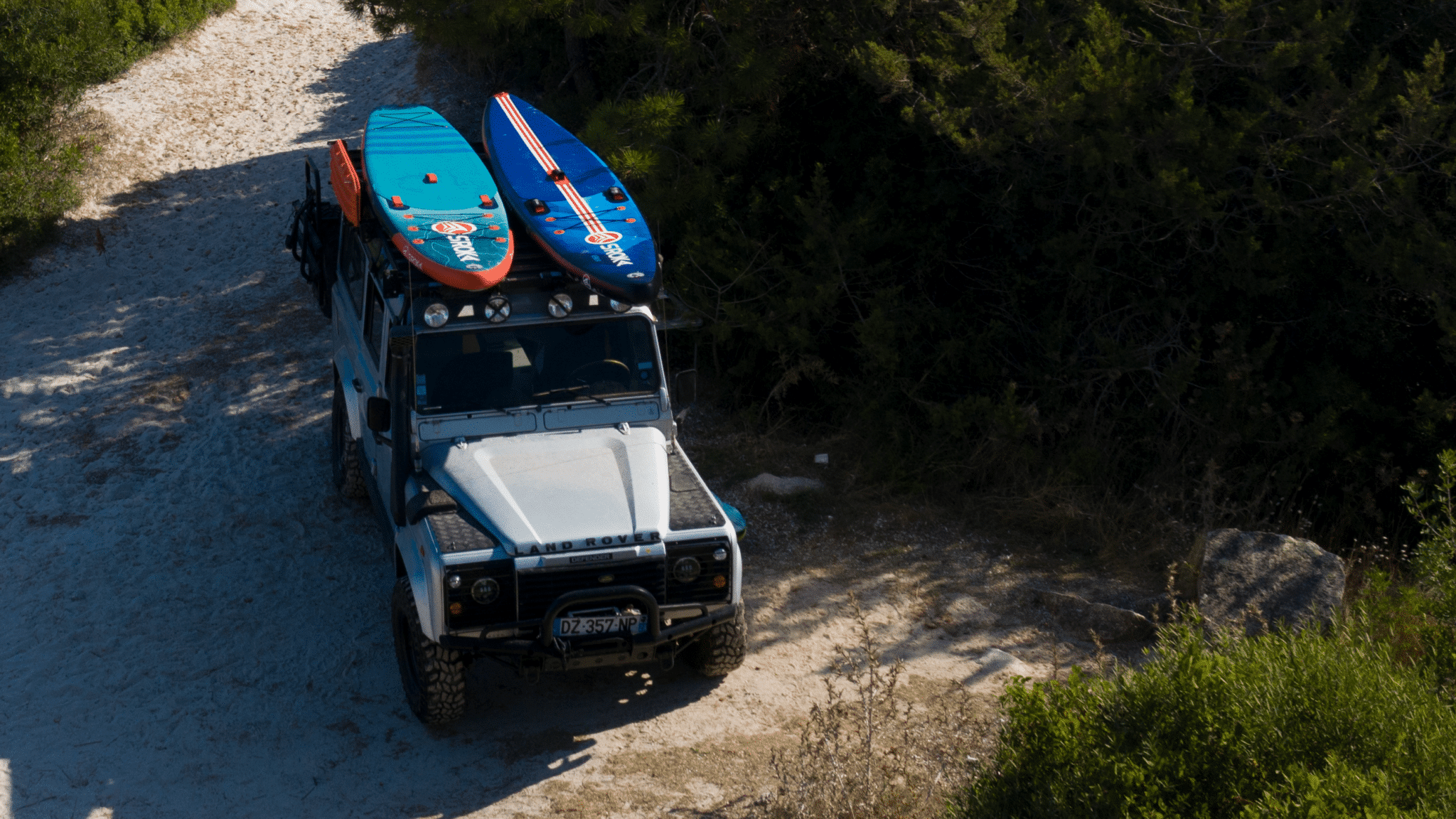
Step 3: Check load stability during transport
Transporting your inflatable paddle by car requires regular checks on the stability of the load to avoid any risk of accident on the road. Once your board is installed and secured, check that it doesn’t move by performing a test in a safe area. If the board moves, or if you hear a rattling noise, this may indicate that it’s not fastened properly. In this case, tighten the straps.
On long distances, we recommend taking a break every 2 hours to check the condition of your equipment. You should also be aware of weather conditions: strong winds and side winds can cause excessive movement and vibration on your paddle, compromising its stability. If this happens to you, reduce your speed and remain cautious.
In a nutshell
To ensure optimal and safe transport of your paddle, here are our tips:
- Make sure your paddle is properly inflated, otherwise you risk damaging the structure or fins of your board,
- Your board should be proportioned to the size of your vehicle. A board that’s too long can affect your car’s stability,
- It’s important to distribute the weight of your load evenly. Avoid placing other heavy objects on the roof of the car, especially on the side opposite the floorboard, to avoid imbalances while driving,
- Use a cover to protect your board from scratches or the elements,
- Keep an eye out for road obstacles (low bridges, tunnels, covered parking lots, sharp bends, etc.).
- To protect your board from theft, you can put a third strap around the board or use a suitable anti-theft device.
 Le Magazine
Le Magazine



